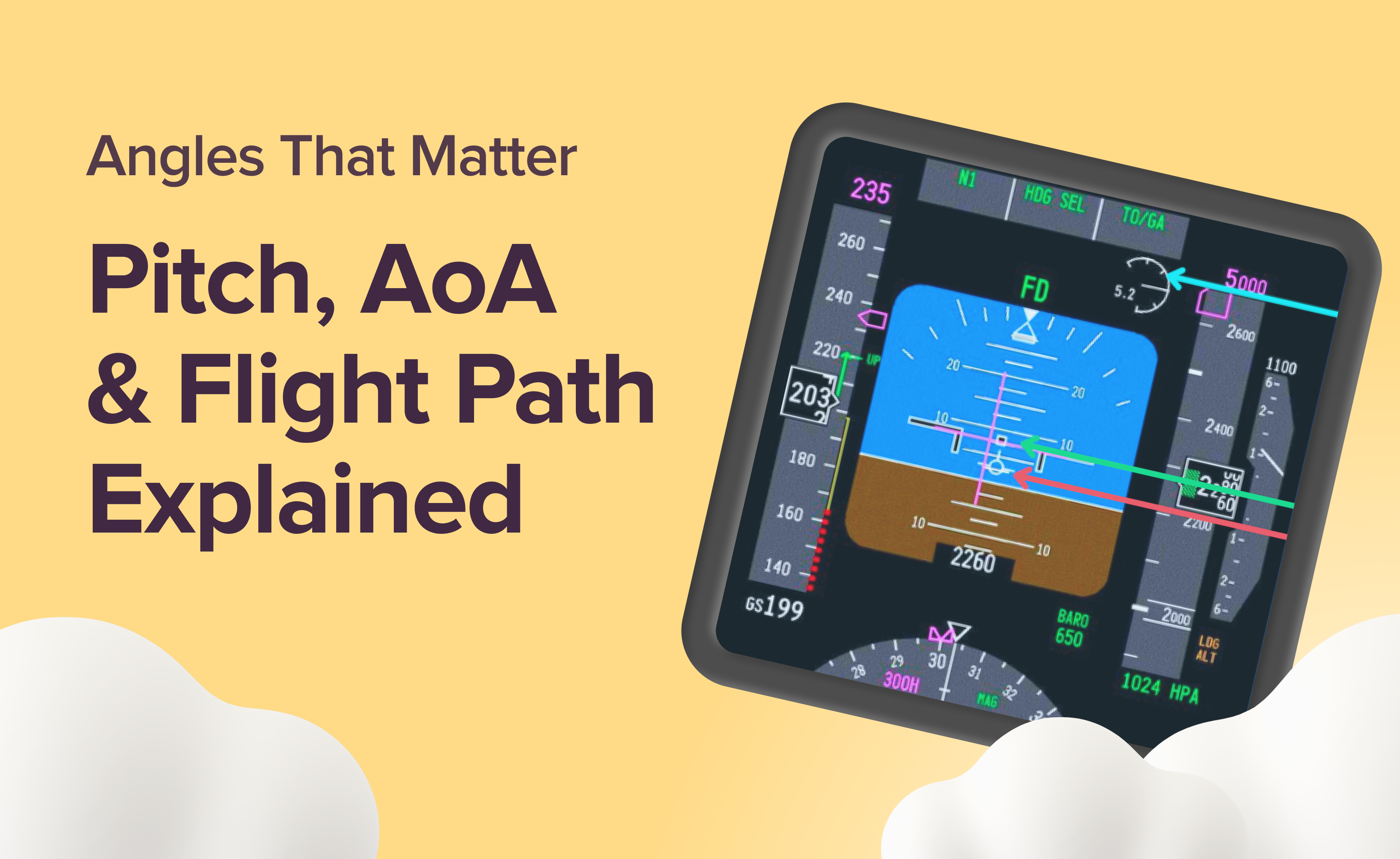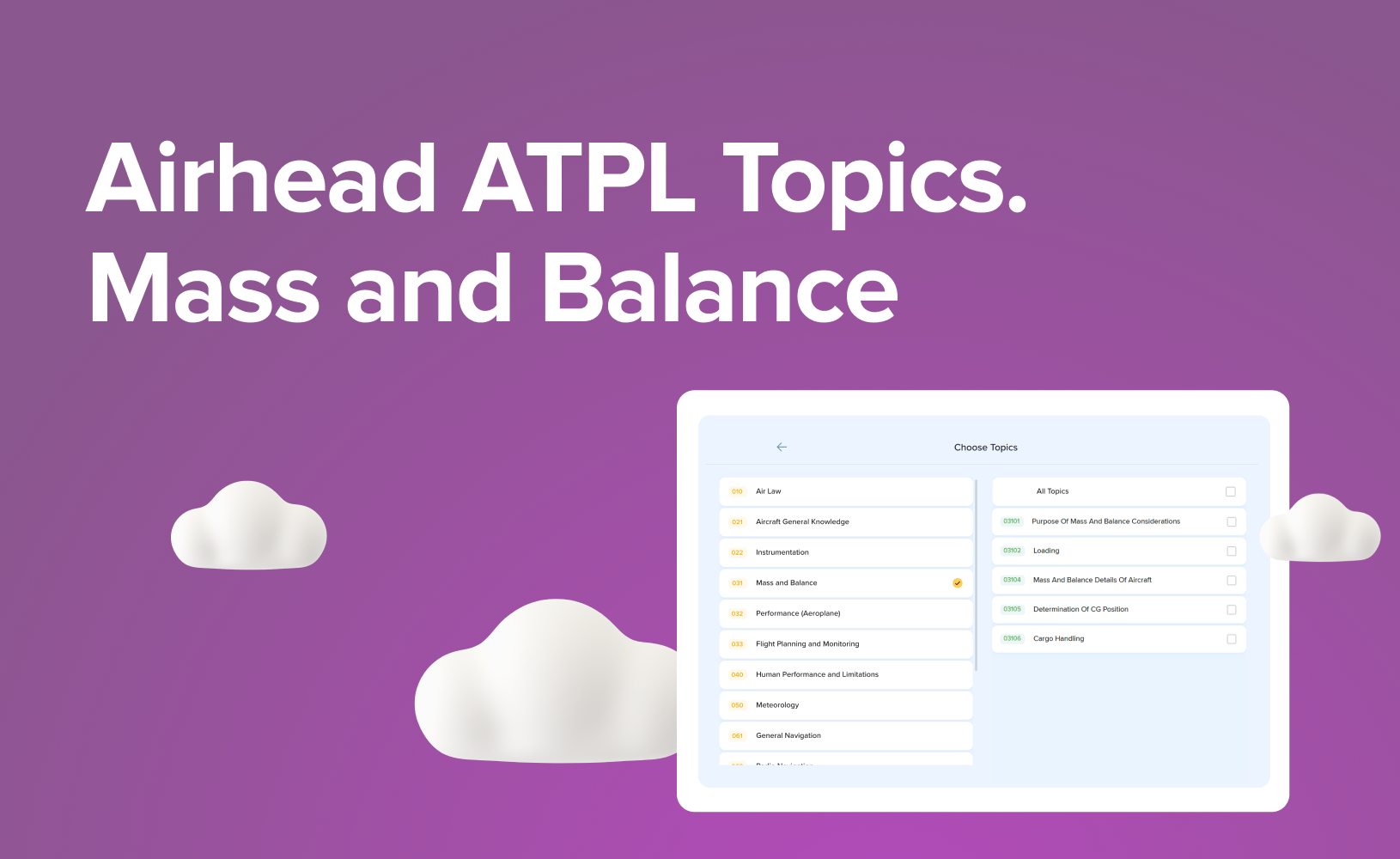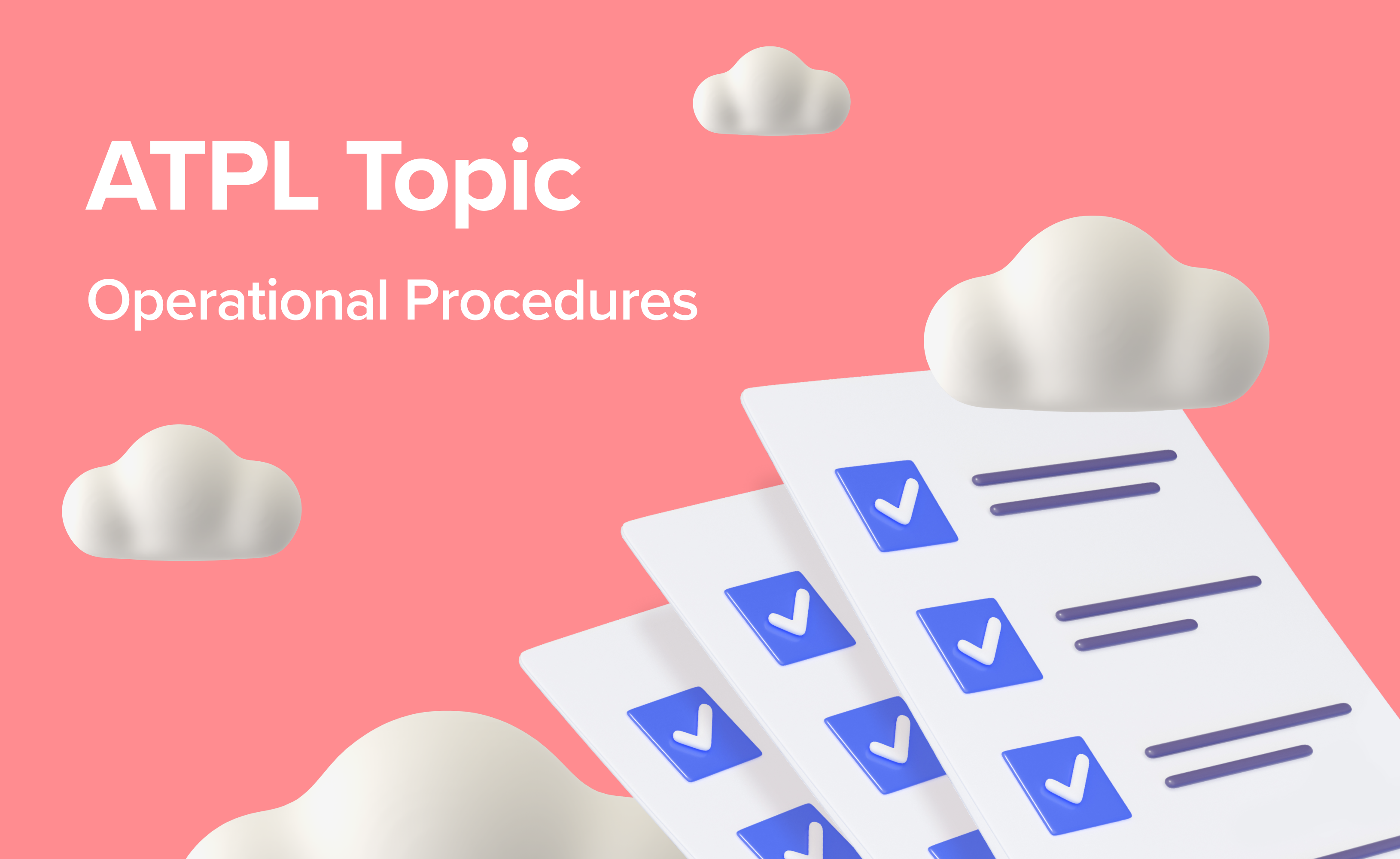ATPL Quadrant Questions: Exploring Various Formats and their Wider Adoption

Aspiring pilots on the path to taking their Airline Transport Pilot License (ATPL) theory exams are well aware of the challenging journey that lies ahead. Most exam questions are in a multiple choice format, with 4 possible answers. However, in some countries, the exam software is capable of presenting differently formatted questions. These are sometimes called ‘Quadrant Questions’, named after the software provider used by the German and UK exam authorities. Quadrant questions come in different formats, including multiple-choice, multi-select, ‘cloze’, and text. In this article, we delve into each format, discuss their significance, and highlight their adoption in exams conducted by the UK Civil Aviation Authority (UK CAA) and the Luftfahrt-Bundesamt (LBA) in Germany. Furthermore, we explore the likelihood of their introduction in other countries.
Multiple-choice: select an answer from 4 offered variants
The multiple-choice format is the most common question format. It presents a statement or question followed by four possible answers, and the task is to select the most appropriate response from the options provided. This format tests a pilot's understanding of key concepts and their ability to make informed choices. It has long been an integral part of ATPL exams in many countries and is the only format used in most. An example might be:

Multi-select: choose all the correct answers from a list of options
The multi-select format takes the assessment a step further by requiring pilots to choose all the correct answers from a list of options. This format evaluates a pilot's ability to identify and select multiple correct choices, reflecting the complexity of real-world decision-making scenarios. It assesses not only knowledge but also the application of that knowledge in practical situations. The number of options in the list is not fixed and it is frequently greater than the standard four multi-choice options. It is usual to be told in the question how many options to select. This is an example of a multi-select question:
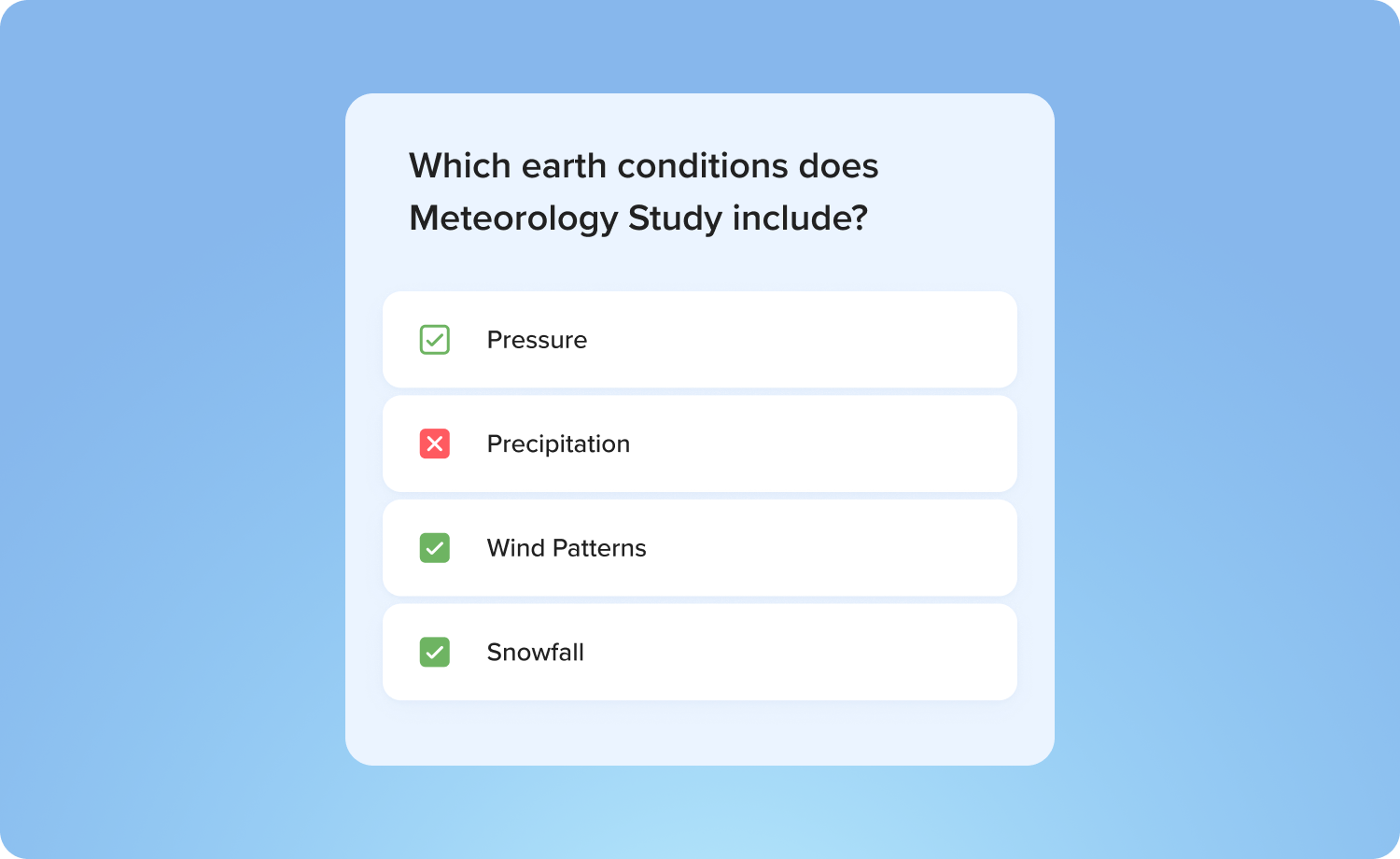
Cloze or Inline: fill-in-blank answer using drop-down menus
The name used by Quadrant ‘cloze’ is not widely understood; sometimes people refer to this style as ‘inline’. The cloze format introduces a different approach by presenting a sentence or statement with a blank space. Pilots are then required to select a suitable answer from a drop-down menu to complete the sentence. This format tests pilots' understanding of contextual information and their ability to apply the appropriate response within the given context. It emphasizes accuracy and precision in decision-making. There may be two or more blanks to fill and each dropdown may have several options. This is an example:

Text: fill-in-blank answer, intended for numerical answers
The text format requires the candidates to put their answer in a text box. Currently this style is used exclusively for numeric answers. Because no multi-choice options are offered pilots do not get the bonus of seeing their calculated answer as an option and the uncertainty that follows adds to the exam stress. In theory the examiners should specify the number of significant figures or decimal places required and they will have established a range of accuracy that they will accept, but this acceptable range is not visible to the candidate, so be as precise as you can! An example might be:
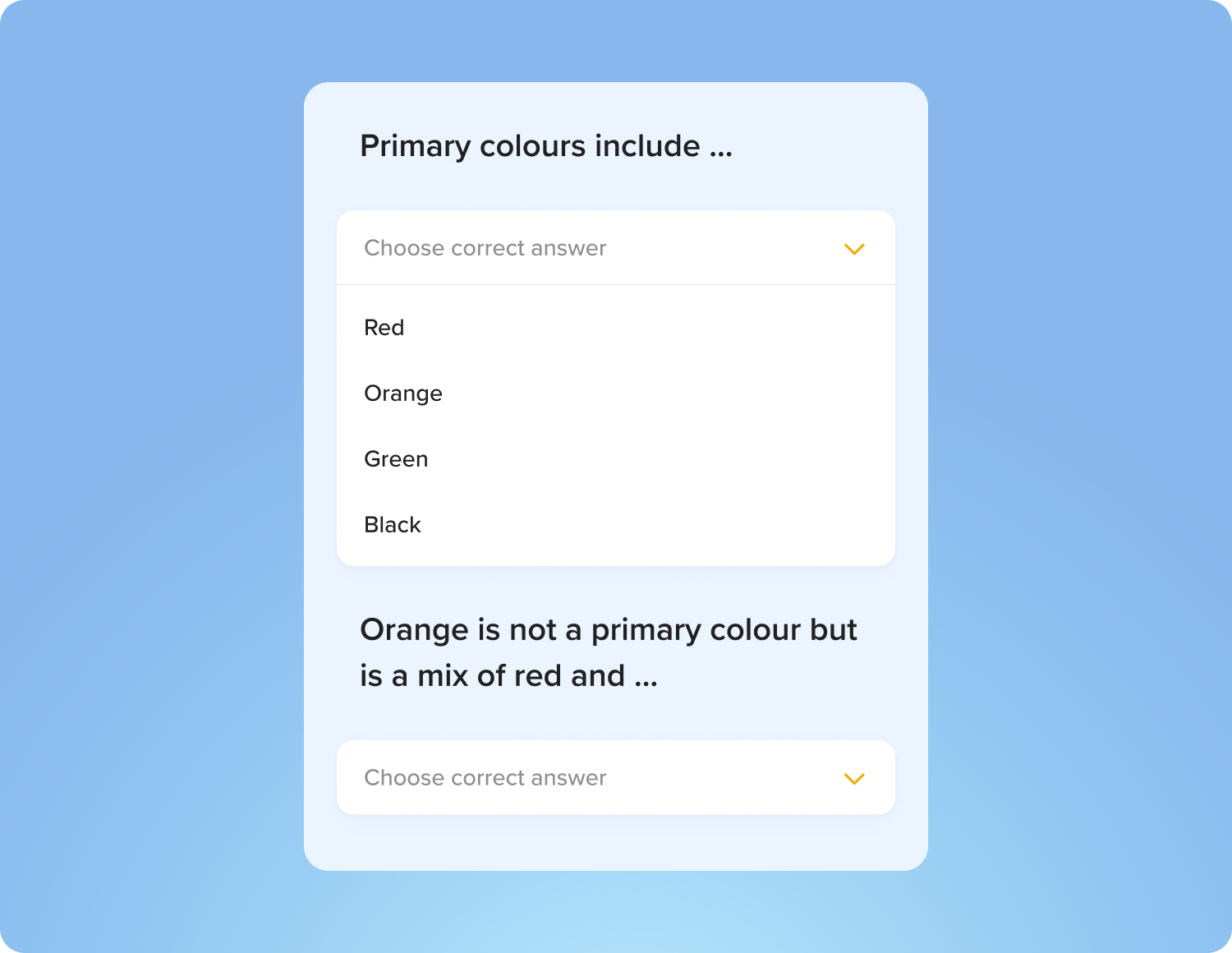
Use by National Aviation Authorities
Although these alternative style questions are not used in many countries and form a small number of the question bank in those where they are used, it is possible that other countries will consider the adoption of these question formats in their ATPL exams. The benefits of these formats, such as their ability to simulate real-life decision-making scenarios and assess a broader range of knowledge and skills, make them valuable tools in evaluating pilots' readiness for their professional responsibilities.
Summary
ATPL Quadrant Questions come in various formats, including multiple-choice, multi-select, inline, and text. These formats assess different aspects of a pilot's knowledge and decision-making abilities. The adoption of these formats by the UK CAA and the LBA in Germany highlights their significance in evaluating pilot competency. As the aviation industry continues to evolve, it is possible that these question formats will be introduced in other countries, ensuring a comprehensive and standardized evaluation process for aspiring pilots throughout Europe.






